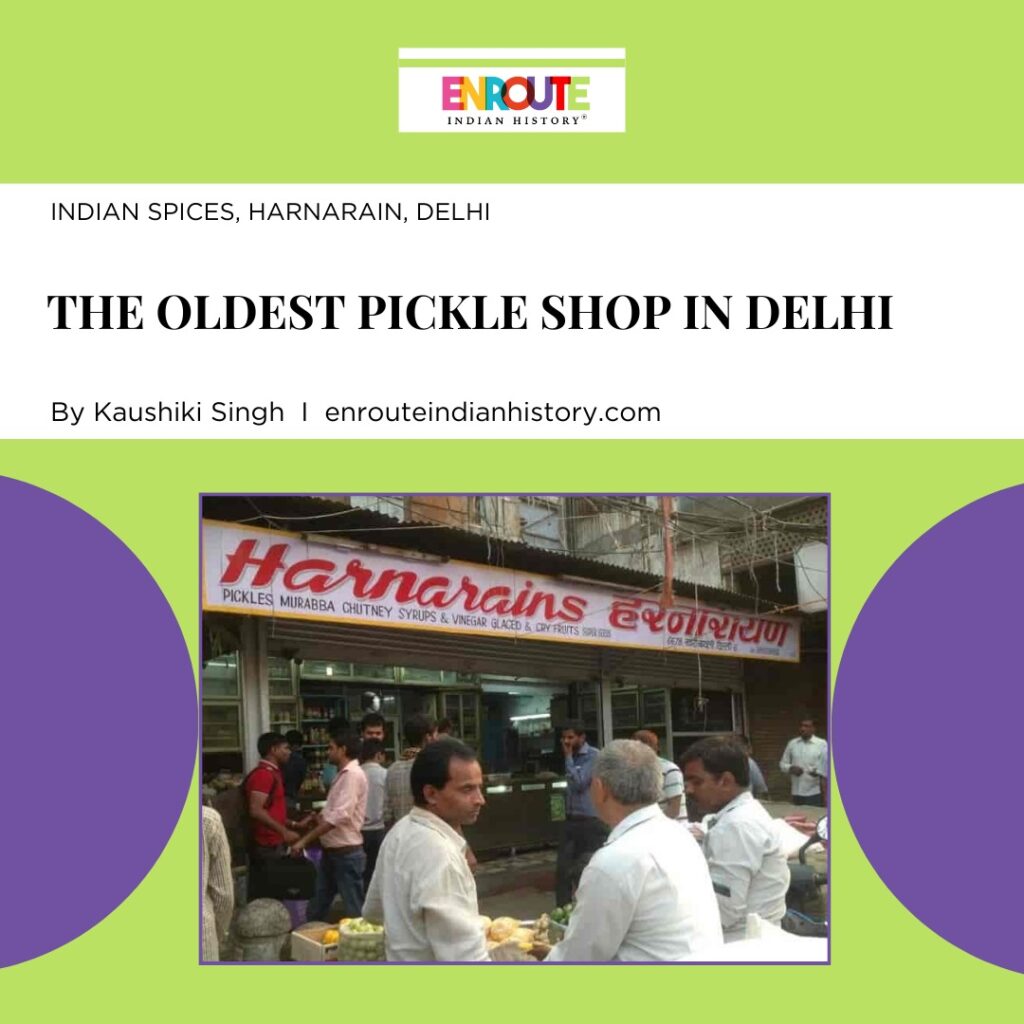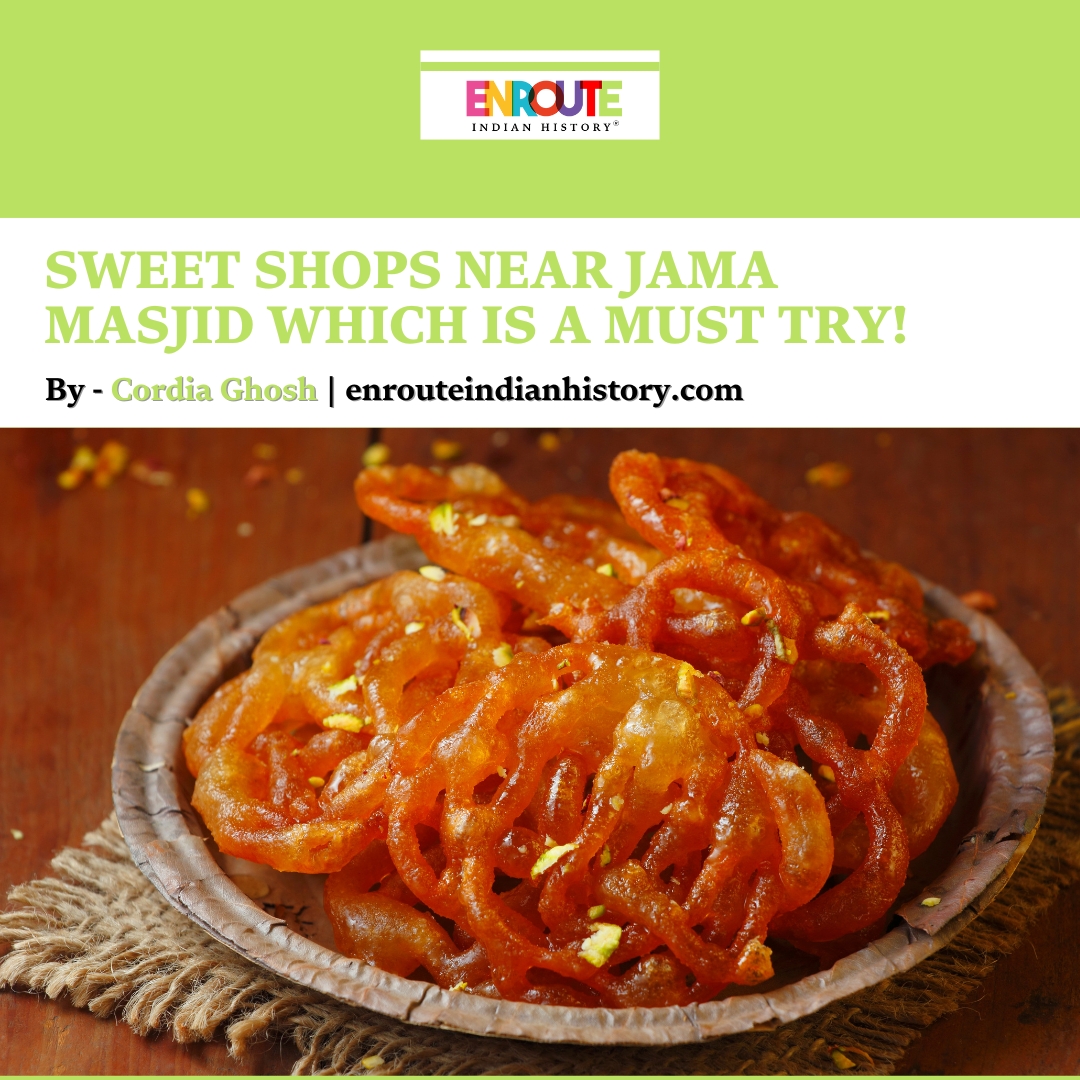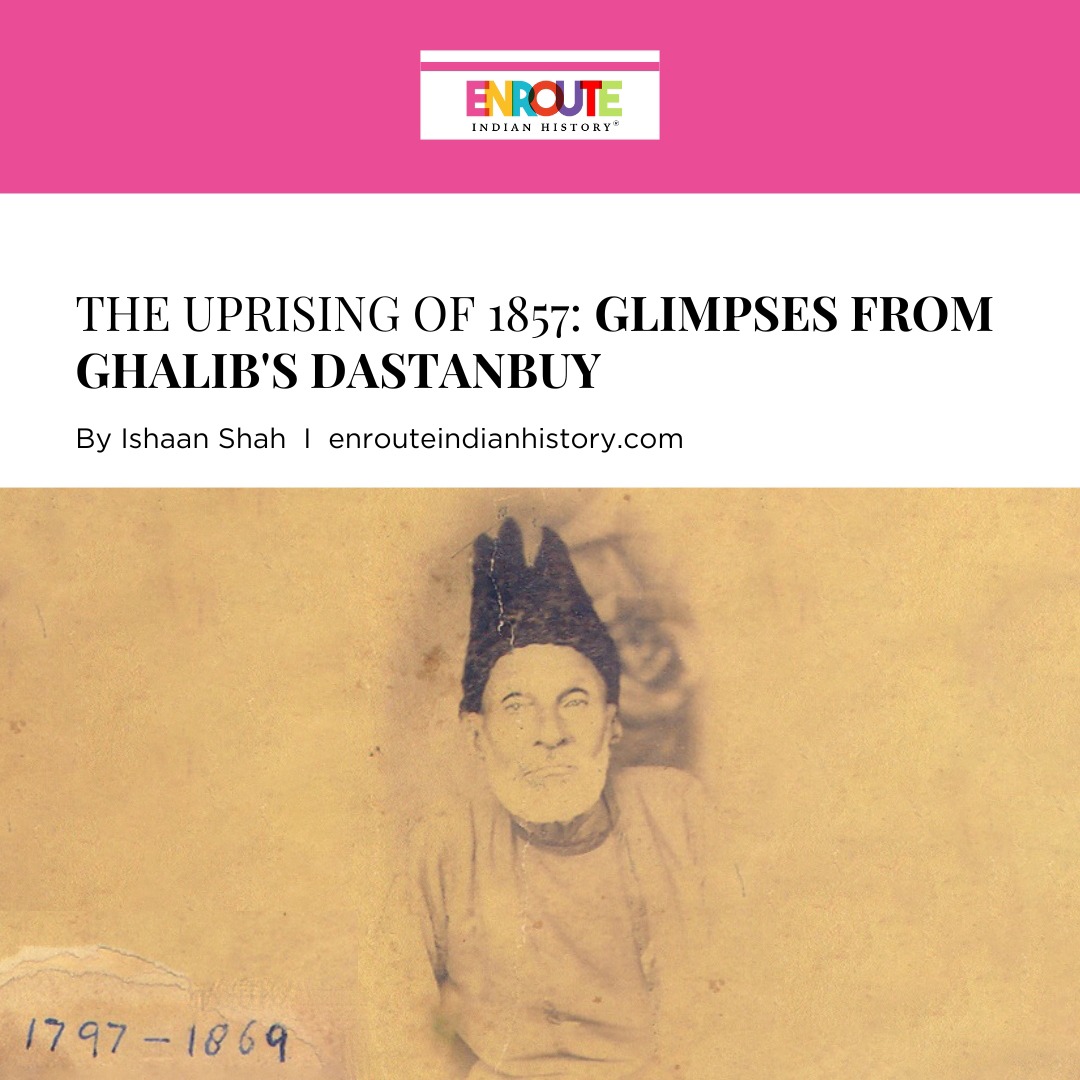
Living in a country, where the taste of every state is unique, India needs no introduction when it comes to the importance of spices in our daily life. From Jammu and kashmir in North to Tamil Nadu in South, from Gujarat in west to Arunachal in the east, one savours the dishes, each different in its own way. What makes them more charismatic is the usage of Indian spices that provides lip-smacking flavours. Spices have held a significant place in Indian culinary heritage and in the hearts and kitchens of every Indian household! Similarly in the capital city, Delhi’s Khari baoli adds masala in our lives. Yes, masala in the literal sense. Khari baoli is Asia’s largest spice market and the market beautifully justifies the title “India- The land of Spices”. Within this market, among other prominent shops, one of the oldest is Harnarains pickle shop.

(Source- Adobe Stock; Spices of Khari baoli)
LITTLE MORE ABOUT KHARI BAOLI.
Situated in the chandni chowk of Old Delhi, Khari baoli offers a plethora of spices along with herbs, nuts and dry fruits. The market is also close to Red fort and adjacent to Jama Masjid and could be said that it has been engulfed in rich history. Talking about its history, the term Khari means salty whereas baoli is used for a stepwell but at present, there is no trace of a stepwell or any water source nearby the region.
The existence of khari baoli as a trading hub could be traced to the reign of emperor Shah Jahan. However, it is important to point out that the stepwell was present much before Shah Jahan shifted his capital from Agra to Delhi. The stepwall was introduced during the reign of Islam Shah who was the son of Sher Shah suri. Afterwards, Fatehpuri Begum, one of the begums of Shah Jahan, built Fatehpuri Mosque at one end of the Chandni chowk around 1650. Due to Mughals’ intense love for spices, the region soon sprang into a commercial marketplace trading in grains and different kinds of spice. As the area of Shahjahanabad witnessed immense habitation, many new shops and houses came to acquire places in Khari baoli.
Historian Rana Safvi in her book, “Shahjahanabad-The living city of Old Delhi” gives an insight into khari baoli. She highlighted that the entrance to the market that goes through an old gateway belonged to Sarai Bangash of the mughal period. She further put forth that Khari baoli was then used as a godown dotted with grain shops and a grand darwaza which is actually a building having an octagonal courtyard right in the front. The bustling street where this market is centred was built by Lakshmi Narayan Gadodia in the 1920s . Presently being called as the Gadodia market, the wholesale as well as retail trade happens in this region only. One finds this complex filled with shops and godowns and even has apartments for residence on the topmost floors. The buildings of this area are great examples of syncretic style, that is a mix of Indian architecture and European influences from Victorian, Edwardian and Georgian periods.

(Source- On the Grid: City; Gadodia market of Khari baoli.)

(Source- The Wanderer; Khari baoli of Old delhi)
Walking by the lanes, filled with scents of herbs and spices tickling the senses, khari baoli is the home to over 300 shops, with many being run by their sixth or seventh generation of spice merchants. Both local and exotic varieties could be found here- From cloves, red chillies, turmeric, amchur to ajwain, garam masala, dhaniya powder, cardamom, black pepper, cumins, paprika etc. with wide varieties of dry fruits like walnuts, cashew, pistachios, raisins, almonds, figs. It is believed that around 100 different spices are traded here and everyday, hundreds of sacks filled with nuts and spices are also exported to different states as well as internationally.
While many old shapes are carrying out their business for centuries, one of them is the famous Harnarains which is a pickle shop.
HARNARAINS GOKULCHAND OF KHARI BAOLI

(Source- The Hindu; Harnarains pickle shop of khari baoli)

(Source- Justdial; Harnarains pickle shop)
Initially started as Harnarains Gopinath in 1860s, after the split the shop was renamed on the great-grandfather of the current generation, to Harnarains Gokulchand in 1944. While carrying the legacy of more than 150 years, Harnarains consists of a group of expert food producers serving people high quality and mouth watering pickles, Murabbas and sherbets. It started just as any normal shop in khari baoli but later they started their manufacturing unit in Lawrence road, New Delhi and since then, have been expanding their business all over. The shop has served many notable personalities like Pt. Jawaharlal Nehru and Smt. Indira Gandhi. The major motive, as company claimed, is to attract attention of the millennials, serving them healthiest of food while retaing the authentic indian delicacy.
Pickles are prepared by using clean, raw and sufficiently matured fruit or vegetable ingredients along with spices like Bengal gram, asafoetida, lemon juice, green chilies, dry fruits like raisins and nuts. It is free from added copper or any mineral acid. These combination gives Harnarains pickles a unique taste and aroma. Pickles are mainly of three categories- Pickles in oil, pickles in vinegar and pickles in citrus juice. Some of the famous pickles offered by Harnarains are Amla, chilly, Gobhi shaljam, lime sweet, mango, redstuffed chilly etc.
Murabbas comes next in the popular servings of Harnarains. Murabbas are prepared by using one or more fruits and Vegetables, used singly or in combination. The company uses sound and clean ingredients only and additionally they add sugar, dextrose, permitted flavoring additives, citric acids and preservatives. The fruit is further allowed to retain its form and is permitted with the syrup and when prepared, should not show any fermentation when examined. Some varieties found in Harnarains include amla, Beal, apple, Quince, carrots etc.
Next in the list comes chutney. In Harnarains, chutneys are made of fruits and vegetables that are free from insects or fungal attack. Only additional ingredients added includes raisins, dry fruits and veggies, spices, salt sugar, onion, garlic, vinegar and preservatives. For ensuring good quality, as like Murabbas, it should not show any sign of fermentation and the acidity and ash should not exceed 2% and 5% respectively. Some types include Navrattam chutney and mango chatpati chutney. Syrups are also available that consists of no artificial sweetening agents. They include syrups of roses, Khus, kewra, strawberry, mango Panna etc. Harnarains also serves Candied fruit/vegetable or peel that is actually prepared from firm and ripe products.
Harnarains Gokulchand has become a well-known brand, not just in khari baoli but all over city offering products with authentic indian flavours. Along with it, they ensure proper hygiene and take into consideration the health factor of their consumers and because of this, Harnarains have managed to continue to be popular till the present date.
REFERENCE
- indianculture.gov.in/snippets/khari-baoli
- www.outlooktraveller.com/experiences/shopping/all-about-khari-baoli-from-a-mughal-stepwell-to-a-spice-market
- timesofindia.indiatimes.com/travel/destinations/a-journey-through-the-lanes-of-khari-baoli-asias-largest-spice-market/articleshow/67258066.cms
- business.google.com/website/harnarains
- https://m.indiamart.com/har-narain-gokal/aboutus.html


























